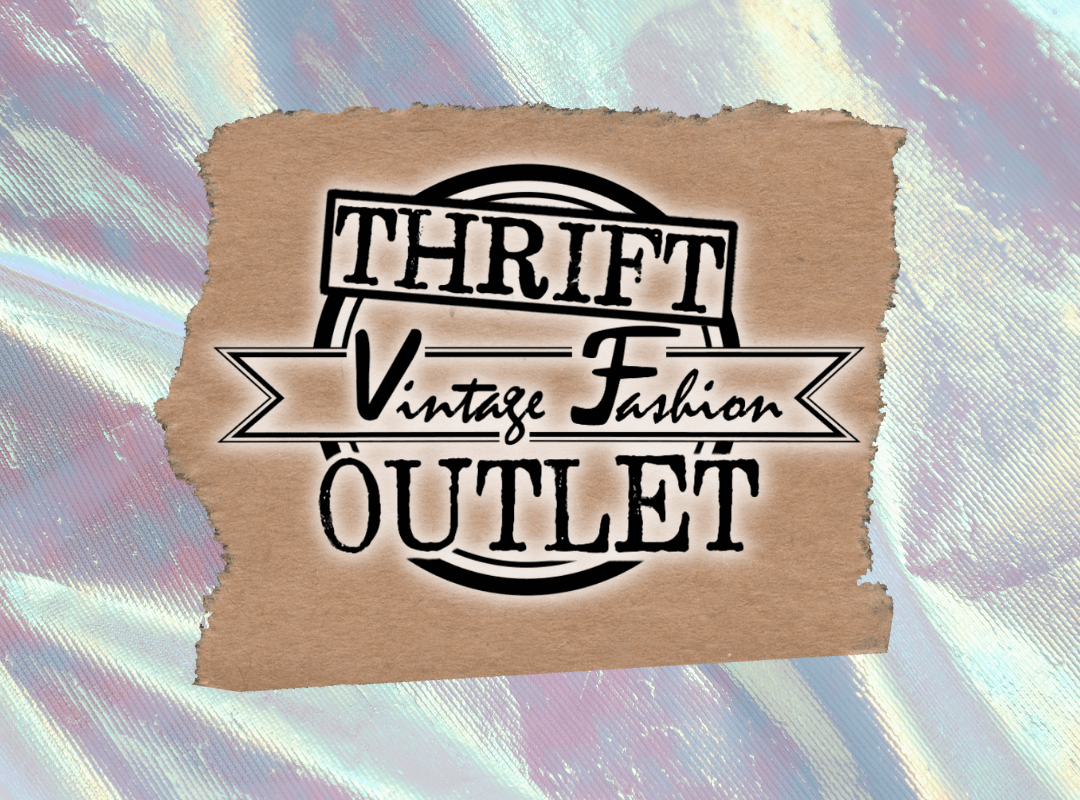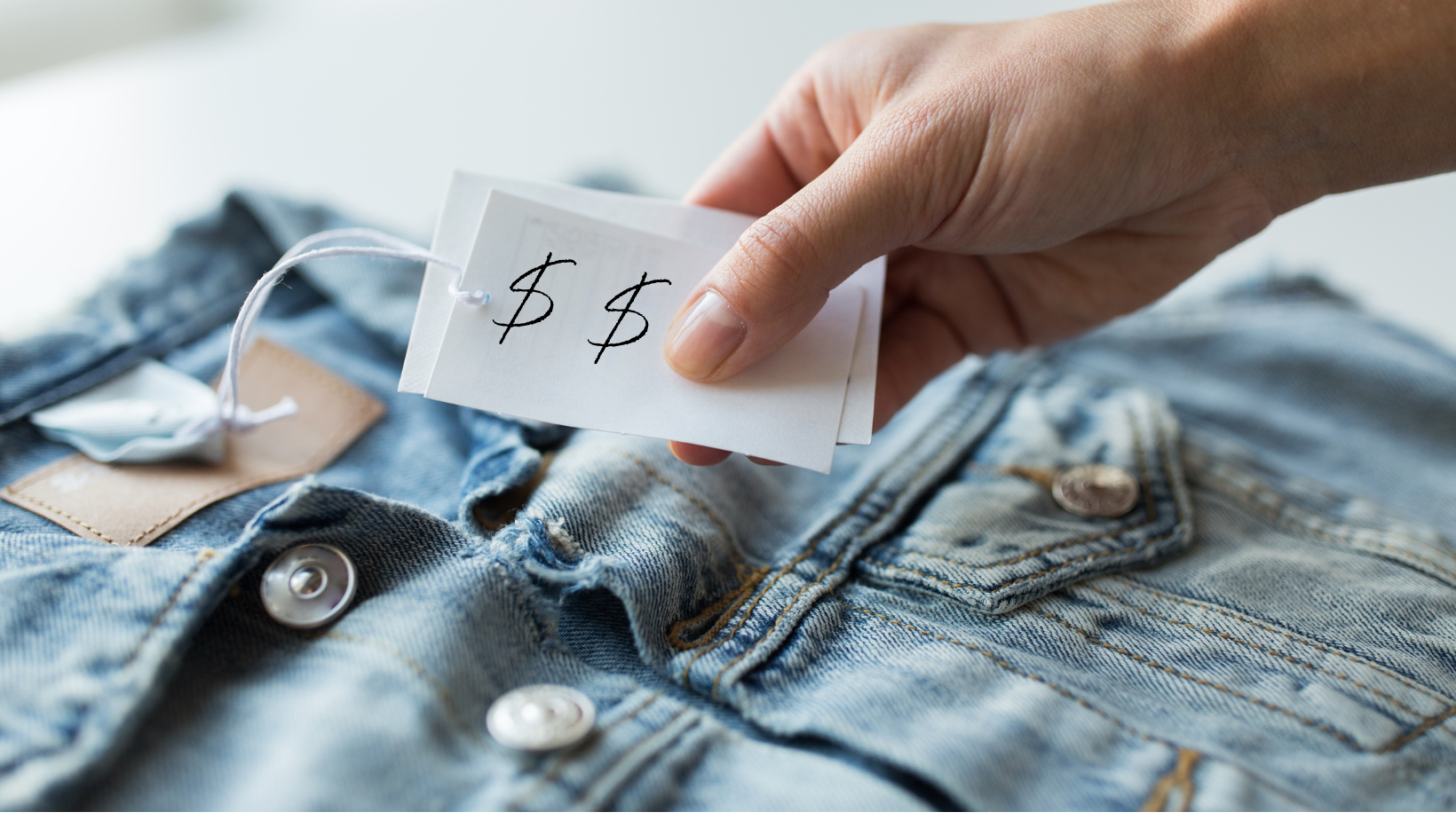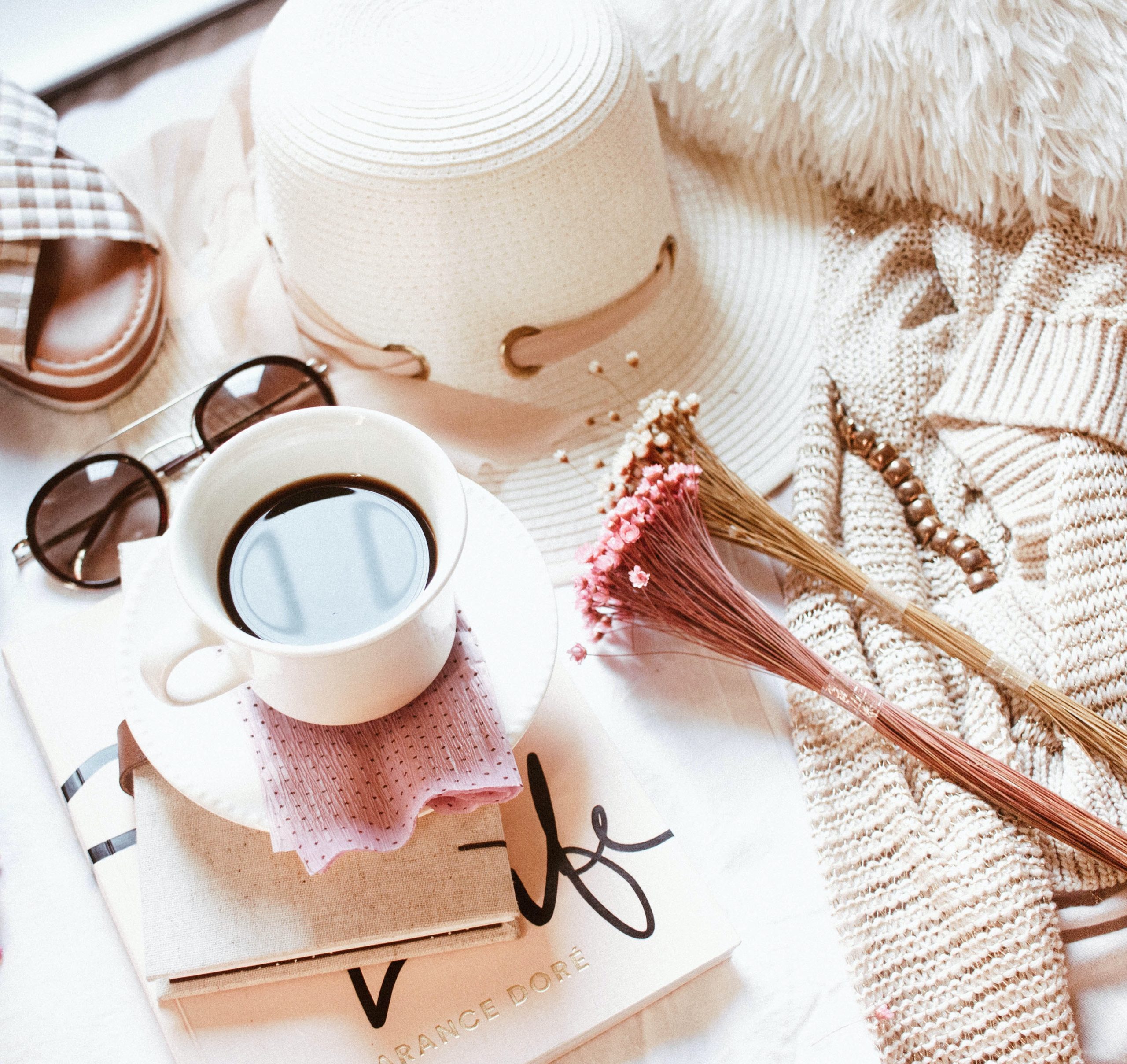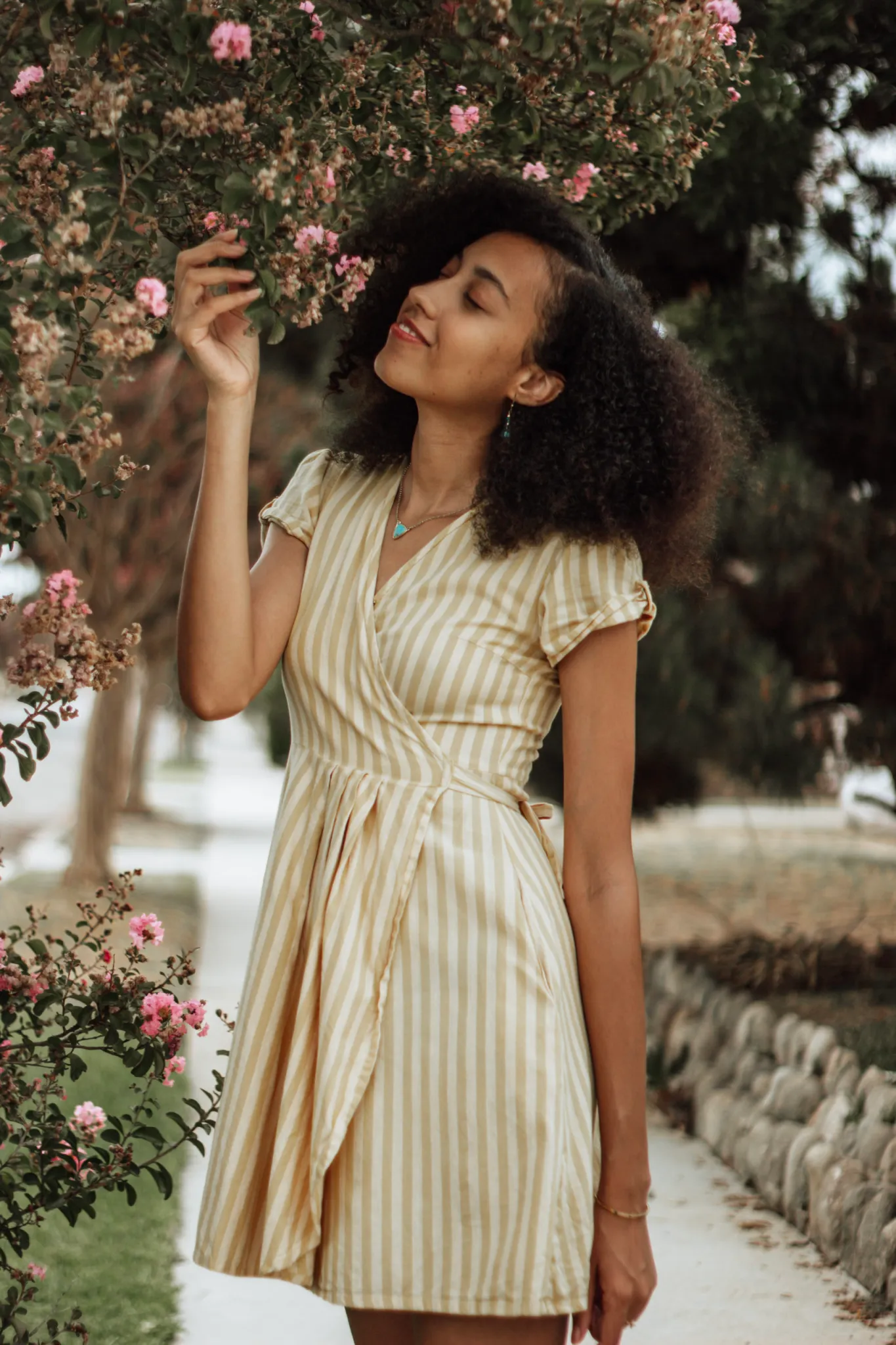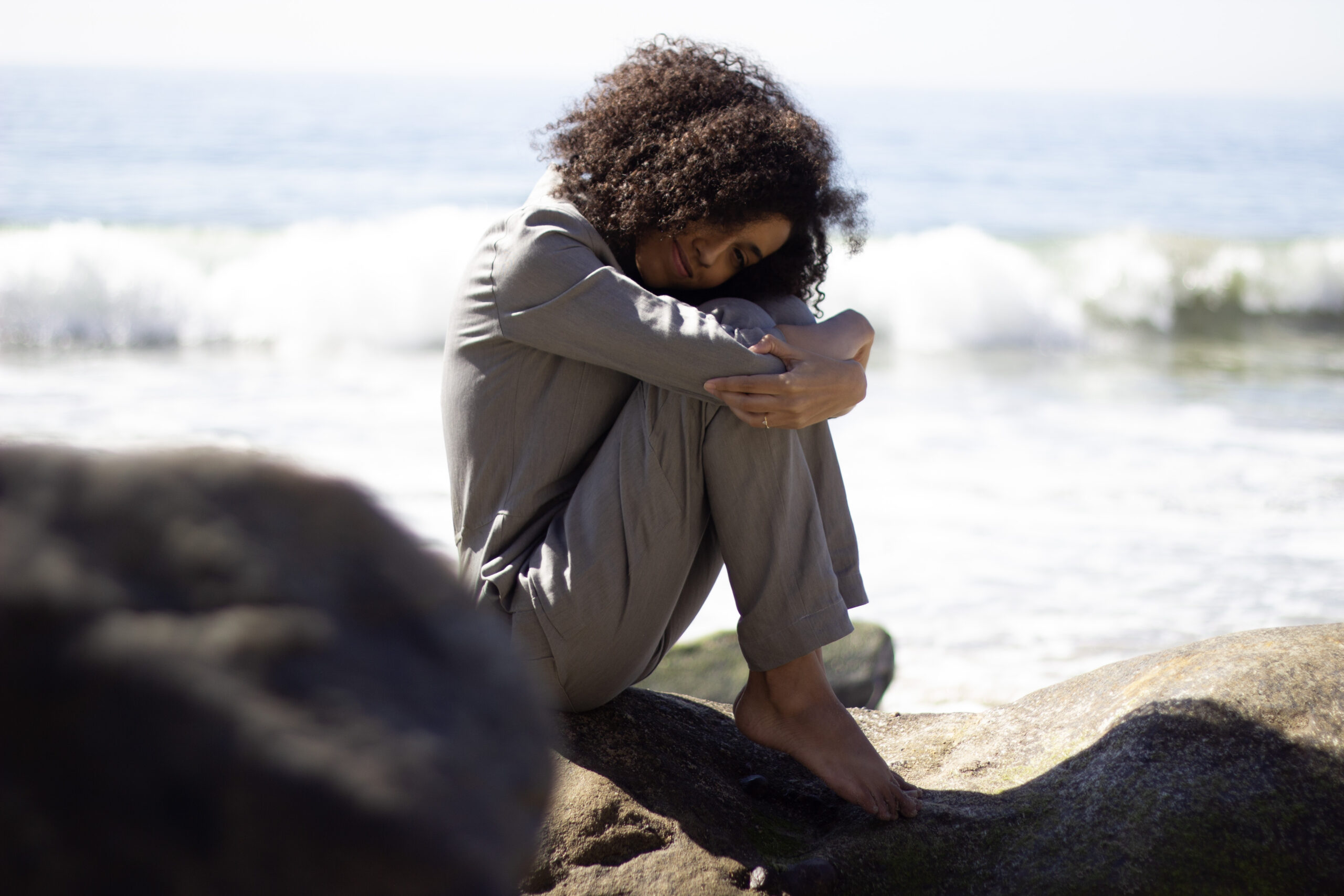
Community & Belonging: Deconstructing the Self-Care Aesthetic
Valentine’s Day is around the corner, and that means there are hearts lining the walls of every grocery store and acrylic nail set in sight. Fast fashion brands advertise Valentine’s Day sales and circulate product round-ups to help you choose the perfect gift for the ones you love. Everything from lacy lingerie to tech wear to cashmere sweaters.
All to maintain the cycle of consumerism.
But in recent years, the season has become less focused on romantic love and more focused on self-love. And it’s great. Why should Valentine’s Day be exclusive to giving love rather than focusing on loving yourself?
.
The Problem w/ the Self-Care Aesthetic
But as this culture spread, the fast fashion brands jumped right on it, rebranding the same sales and product round-ups to fit this renewed cultural shift toward the emphasis on the self. Eventually, the self-love culture became just as consumerist and commercial as the romantic aspect of Valentine’s Day. Brands push plush robes, expensive candles, yoga mats, and quartz gua shas, all of which promise to help you exhibit self-care and achieve self-love.
To be clear, self-care and self-love can be whatever you want it to be. There’s no rule that says self-love can’t mean purchasing a nice candle or robe. There’s no rule that says it can’t be shown by buying treating yourself to something new. But we cannot ignore the role that class plays in this trend.
We’ve all seen the social media self-care girlies doing their 20-step skincare routines using high-end products, wearing expensive workout sets as they head to a 5am reformer Pilates class, and then lighting a giant candle at the end of the day in a beige bedroom. Myself included. There is something calming about watching an Instagram Reel or TikTok of someone with an organized bathroom who appears to have her life together.
But because of these trends, self-care has almost become synonymous with wealth. These self-care influencers are able to incorporate these types of products and material goods into their day-to-day routines because they have the time and financial means to do so. But many people do not. So where does that leave the rest of us?
Self-care shouldn’t be about demonstrating wealth (even though most of the time this is done unconsciously), buying products, or fitting into a pink and beige aesthetic. We shouldn’t have to feel like we need to spend and consume in order to achieve self-love or create the perfect self-care practice. So we’re offering a different approach and a way to practice, going back to our roots. Back to a different type of self-care that’s productive and revolutionary and that’s synonymous with connection and community.
.
The Preservation of Communities
Perhaps the most well-known sentiments about self-care come from black queer writer and activist Audre Lorde, who write in her 1988 book A Burst of Light, “Caring for myself is not self-indulgence, it is self-preservation and that is an act of political warfare.” As Kathleen Newman-Bremang writes in Refinery29, the problem with “new age self-care” is that it “focuses on the individual instead of the collective [and] it reinforces the very structures Audre Lorde devoted her life to dismantling” (sexism, classism, racism, etc.). Newman-Bremang continues, “Resistance must have a communal approach or the most vulnerable among us will be the ones who hurt the most.” In this way, the process of caring and nurturing our communities is intertwined with caring and nurturing our individual selves. One cannot and should not exist without the other, and that is the missing link in the way that social media encourages us to practice self-care, the problem with self-care as a merely aesthetic practice.
In the midst of all the turbulence and turmoil that 2025 has dealt so far (how is it only February?), self-love and self-care are especially important, specifically for marginalized or underrepresented communities who are impacted the most. Just like it always has been. In these cases, self-care is not about products or aesthetics. It’s about survival and resistance. In times of political or social distress or upheaval, underserved communities have always been tasked with the responsibility of prioritizing protection, love, and care for ourselves, simply because the world around us fails to do so.
For example, in the late 20th century, the Black Panther Party established the Free Breakfast for Children program to help combat childhood food insecurity and systematic lack of access to nutritious meals. The federal government had failed to address this issue and had failed to extend this care to minority-populated schools, so Black communities had to do it themselves. Despite the criminalization of the Black Panthers in mainstream media and the attempt to erase the group from history, the goal of the party was to uplift and for the Black community and encourage us to protect and care for ourselves in a world that did not show us the same care or protection.
As a 21st century example, the Fifteen Percent Pledge is a non-profit organization that invites brands and retailers to make a pledge to stock 15% of their shelves with products made by Black- and Indigenous-owned businesses. These brands rely on Black spenders, who make up 15% of consumers, but they were not offering substantial representation for said spenders or promoting brands that represented their communities. So in 2020, founder Aurora James addressed these brands directly, calling them out by tagging them on an Instagram post, saying that if they really wanted to be allies, then this was the way—subscribing to the success and growth of Black businesses, encouraging Black representation, and helping to redistribute wealth and care back into to Black communities.
The organization kicked off Black History Month with two events, both designed to empower, celebrate, and support Black businesses, and the Black community as a result. On February 1 and 2, the Fifteen Percent Pledge Block Party took place in Los Angeles, and the founders brought a plethora of Black businesses for community members to discover and enjoy. In lieu of the Eaton fires that continue to devastate the area, all proceeds were donated to businesses that had been impacted. Specifically, one of the areas that was hit hardest was Altadena, a historically Black community and a symbol of Black generational wealth, through homeownership, which has been difficult for Black people to achieve in the past because of policies like redlining.
On February 1, the Fifteen Percent Pledge hosted a celebrity gala in Los Angeles to celebrate Black excellence and achievement. When presenting the year’s achievement award, James declared, “You deserve to be here. I deserve to be here. We make ‘here’ what it is. Our talent, our tenacity, our drive—that is why we got here. This country in its best form is a product of each of our beautiful and individual contributions. Never let another person tell you otherwise. We belong. You belong.”
Intertwining Community & the Self
This is how communities have practiced self-care in the past, when it was a necessity for survival and to combat a world that did not care enough or at all or even tried to erase them. And this is how we should continue to practice self-care in the present, because it is still a necessity, and as we continue to fight the erasure that plagued our ancestors, now existing under a different name.
And again, taking care of your individual self can exist in many different forms. If a face mask and a bubble bath is what helps you rest and unwind from fighting the good fight, then by all means. But we shouldn’t forget about the type of care that our communities have practiced in the past in order to fit into an aesthetic, one that often perpetuates the oppression and marginalization of communities who are already oppressed and marginalized. The operative word here is “community.” Self-care and community care are one and the same. Before you can adequately care for your community, you must care for yourself. But the individual “self” is intertwined with the community from which it came.
Photos: Taken by husband for Zero Seasons brand shoot
Pin it for later!


